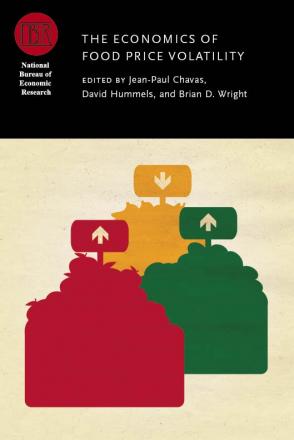Corn Production Shocks in 2012 and Beyond: Implications for Harvest Volatility

Corn prices increased sharply in the summer of 2012 due to expected production shortfalls in the United States, which produces roughly 40% of the world's corn. A heat wave in July adversely affected corn production. We extend earlier statistical models of county-level corn yields in the Eastern United States by allowing the effect of various weather measures to vary in a flexible manner over the growing season: Extreme heat is especially harmful around a third into the growing season. This is the time when the 2012 heat wave hit the Corn Belt. Our most flexible model predicts 2012 corn yields will be 23% below trend, which is close to the observed realization. While extreme heat was significantly above normal, climate change scenarios suggest that the 2012 outcomes will soon be the new normal.
-
-
Copy CitationSteven T. Berry, Michael J. Roberts, and Wolfram Schlenker, The Economics of Food Price Volatility (University of Chicago Press, 2014), chap. 2, https://www.nber.org/books-and-chapters/economics-food-price-volatility/corn-production-shocks-2012-and-beyond-implications-harvest-volatility.Download Citation
-


